Description
Integrated IMS processes are defined as developed information that demonstrates the mechanism of executing an organization’s affairs from receiving inputs to delivering products or services in detail and separately in the tasks of each process. In this integrated management toolkit, we have compiled all the processes of the health, safety (ISO 45001), and environment management system (ISO 14001), which includes the following key information, as well as interaction and communication between processes:
- Inputs
- activity
- Documentation
- responsibility
- Resources
- Outputs
In what format are processes documented?
With the exception of the Process Map file, which is in Visio format, all the processes in this package are documented in Word format, which allows for easy customization to meet the specific needs of your business.
What documents do integrated IMS processes include?
This toolkit only includes the following integrated management system processes and does not contain procedures, instructions, audit checklists, and forms:
Process Map (Visio), Change management Process, Communication Process, Compliance evaluation with legal requirements, Compliance Obligation Process, Corrective action process, Design and development (R&D), Determining legal requirements, Documents control process, Emergency preparedness and response Process, Environmental Aspects Process, Hazard identification Process, Incident, Investigation, and Reporting Process, Infrastructure maintenance process, Internal audit process, knowledge management process, Management review process, Monitoring, and analysis process, Operational Planning and Control Process, Production and service provision, Purchase process, Quality control process, Risk and opportunity management process, Sales and customer relationship process, Training process, Warehouse process.
What is an Integrated IMS Process
An Integrated Management System (IMS) brings together multiple management systems within an organization, streamlining processes and optimizing efficiency. By integrating standards such as ISO 9001: 2015 (Quality Management), ISO 14001:2015 (Environmental Management), and ISO 45001:2018 (Occupational Health and Safety Management), organizations can achieve a more cohesive approach to managing their operations.
Streamlined Operations and Increased Efficiency
Integrating various management systems into a single IMS allows organizations to eliminate redundancies and improve overall efficiency. Processes that would otherwise be managed separately are combined into one cohesive system, reducing the administrative burden and enhancing the flow of information across departments. This integrated approach supports consistent performance across all areas of the business and ensures that quality, safety, and environmental responsibilities are managed holistically.
Unified Compliance and Risk Management
An IMS framework enables organizations to manage compliance with multiple international standards and regulations through a single, integrated system. This reduces the complexity of maintaining separate systems and helps ensure that all aspects of the organization meet regulatory requirements. Additionally, an integrated approach to risk management allows for a comprehensive assessment of potential risks across all management systems, enabling proactive mitigation strategies that protect the organization’s assets and reputation.
Continuous Improvement and Innovation
Integrated IMS processes foster a culture of continuous improvement within the organization. By aligning quality, environmental, and safety management systems (Q& HSE), businesses can more effectively monitor performance, identify areas for improvement, and implement innovative solutions. This ongoing process of refinement ensures that the organization remains competitive, adaptable, and responsive to changing market demands and regulatory environments.
Enhanced Stakeholder Confidence
The implementation of an Integrated Management System signals a strong commitment to quality, sustainability, and safety. This not only boosts internal morale but also enhances the confidence of external stakeholders, including customers, partners, and regulators. An integrated management system (IMS) demonstrates that the organization is dedicated to maintaining high standards across all operations, contributing to stronger relationships and a more positive reputation in the marketplace.
Sustainability and Corporate Responsibility
An IMS allows organizations to effectively manage their environmental impact while upholding high standards of corporate responsibility. By integrating environmental management with other critical business processes, organizations can ensure that sustainability goals are met without compromising on quality or safety. This holistic approach to management supports long-term sustainability and aligns with the growing demand for responsible business practices.

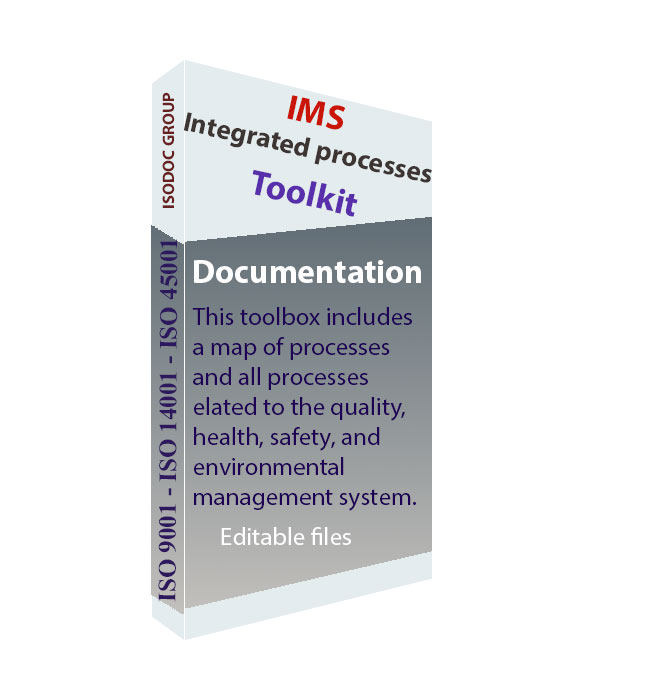
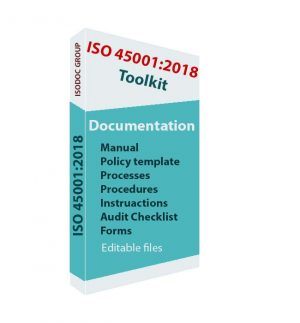
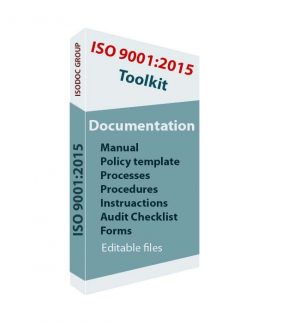
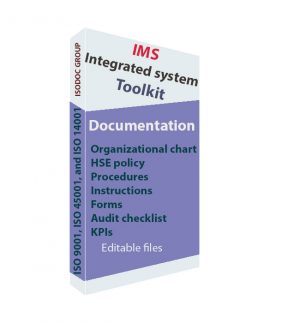
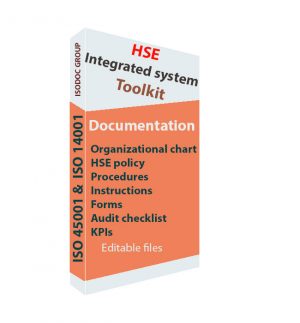
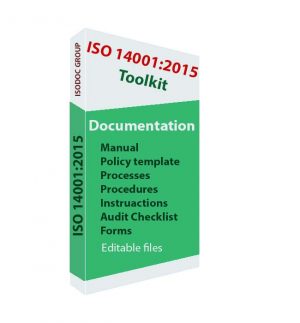
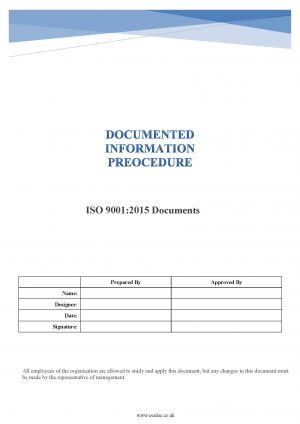
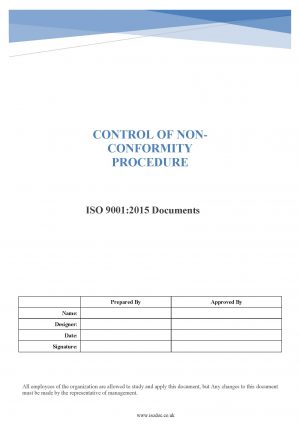

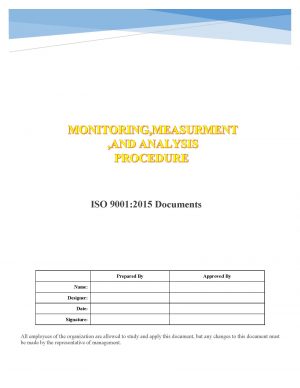
Reviews
There are no reviews yet.